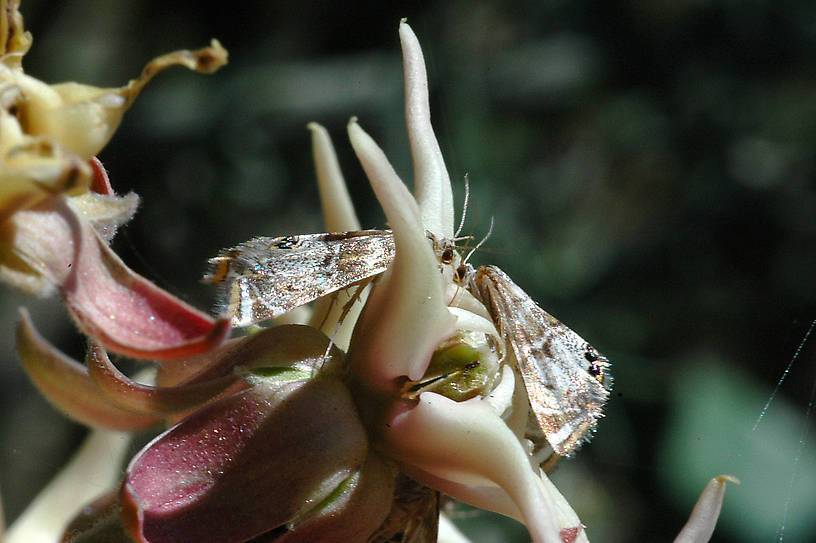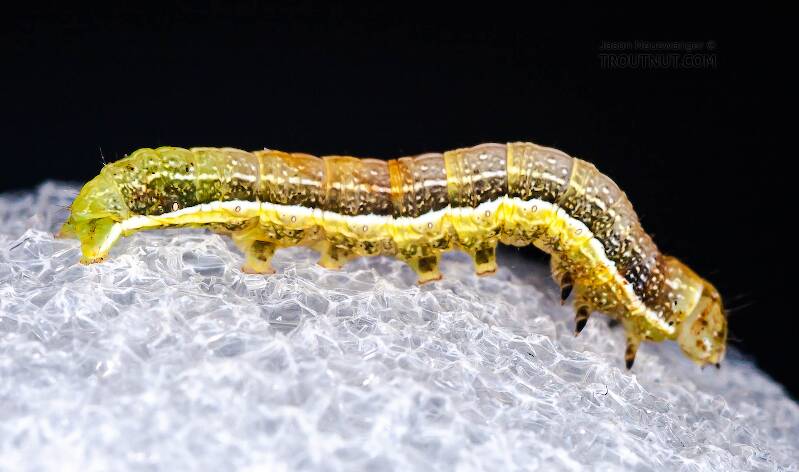
Blue-winged Olives
Baetis
Tiny Baetis mayflies are perhaps the most commonly encountered and imitated by anglers on all American trout streams due to their great abundance, widespread distribution, and trout-friendly emergence habits.
Featured on the forum

As far as I can tell, this species has only previously been reported from one site in Oregon along the Columbia gorge. However, the key characteristics are fairly unmistakable in all except for one minor detail:
— 4 small yellow spots on frons visible in photos
— Narrow occipital spinule row curves forward (but doesn’t quite meet on stem of ecdysial suture, as it's supposed to in this species)
— Short spinules on anterior margin of front legs
— Short rposterior row of blunt spinules on abdominal tergae, rather than elongated spinules dorsally
I caught several of these mature nymphs in the fishless, tiny headwaters of a creek high in the Wenatchee Mountains.
— 4 small yellow spots on frons visible in photos
— Narrow occipital spinule row curves forward (but doesn’t quite meet on stem of ecdysial suture, as it's supposed to in this species)
— Short spinules on anterior margin of front legs
— Short rposterior row of blunt spinules on abdominal tergae, rather than elongated spinules dorsally
I caught several of these mature nymphs in the fishless, tiny headwaters of a creek high in the Wenatchee Mountains.

Troutnut is a project started in 2003 by salmonid ecologist Jason "Troutnut" Neuswanger to help anglers and
fly tyers unabashedly embrace the entomological side of the sport. Learn more about Troutnut or
support the project for an enhanced experience here.
Moths
This common name refers to only one order. Click its scientific name to learn more.
Insect Order Lepidoptera
These are pretty much always called Moths.
The order Lepidoptera includes both butterflies and moths, but moths are the most important to the angler because so many species spend part of their lives underwater. These aquatic species are similar in many ways to caddisflies.
Many species, of course, are not aquatic at all.
Many species, of course, are not aquatic at all.

I have been told this is the only western aquatic moth, Petrophila confusalis, see here on milkweed blossoms.

I caught this inchworm lowering itself to the surface of a trout stream from its silk thread. I saw a couple others floating on the surface, so it's likely the trout were familiar with them.
See 2 more specimens...

